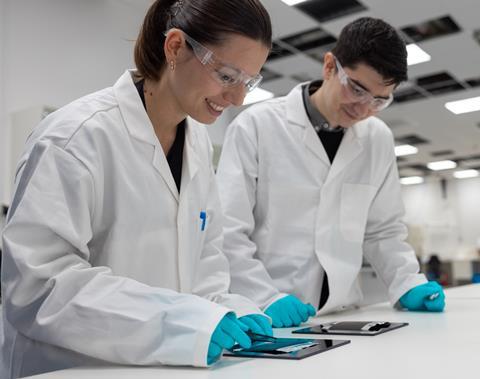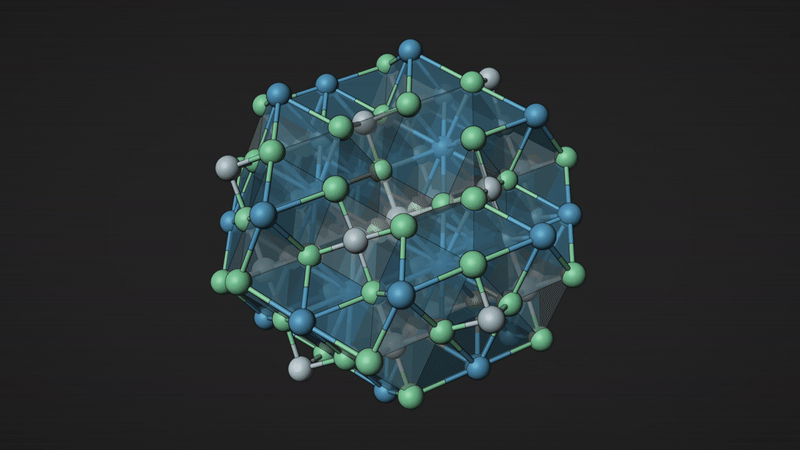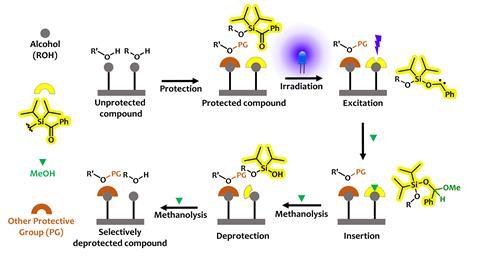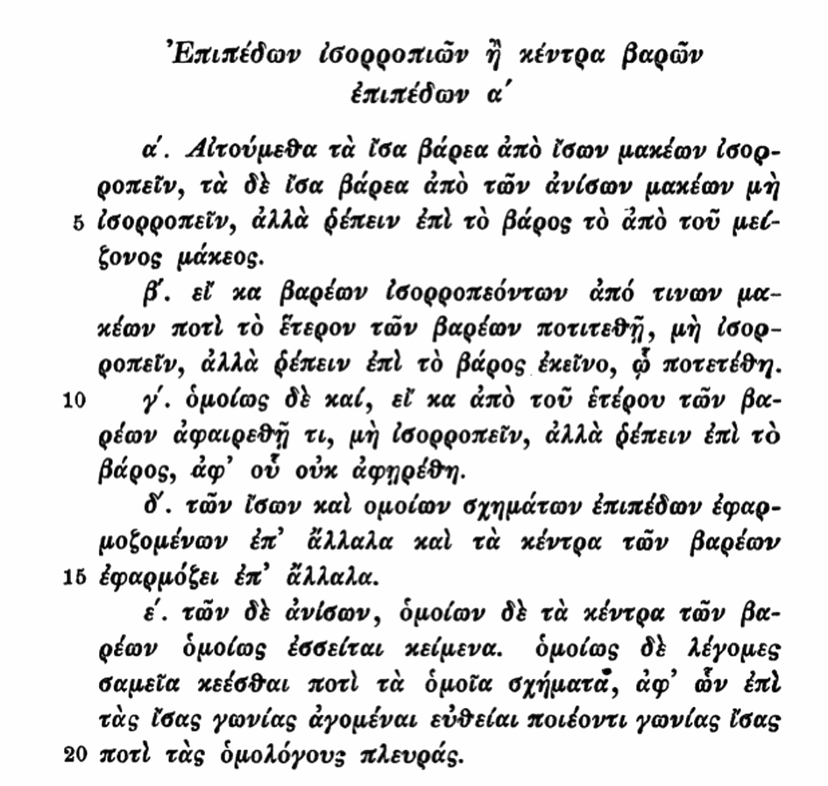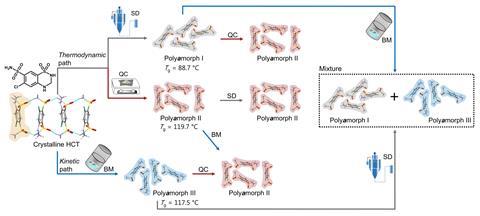Northvolt has launched a commercial sodium-ion battery for static energy storage in Europe. The development comes much sooner than most industry observers expected to see this technology. The Swedish battery maker emphasised that the cells will be free from lithium, nickel, cobalt and graphite. Northvolt said its battery would also be safer and more cost-effective than […]
Read More